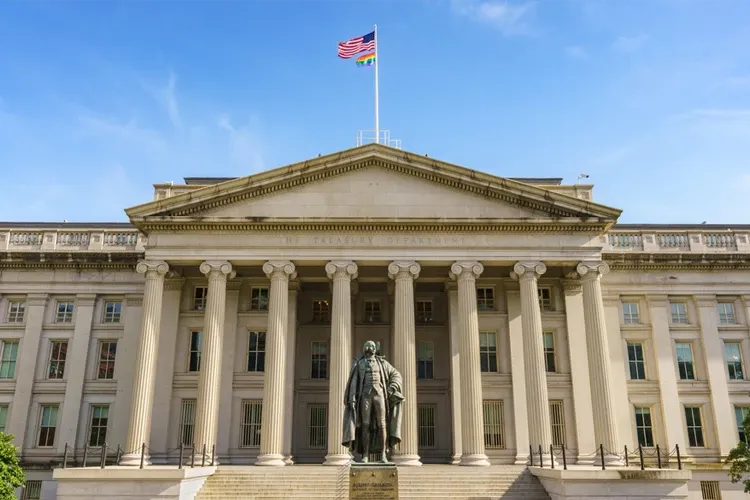The national debt of the United States reached $35 trillion in recent days, marking a new milestone for the amount owed to domestic and foreign creditors by the federal government.
An official webpage for the Treasury Department shows the national debt approaching $35 trillion as of Monday, only two years after the national debt was $30 trillion. The debt is financed by various Treasury assets such that the federal government can fund programs.
The interest payments on the national debt currently exceed nearly all other spending categories, with some 14% of spending to date in fiscal year 2024 used on servicing the obligations of the federal government. The interest costs surpass spending on national defense, Medicare, and other healthcare programs, all of which constitute 13% of federal spending, and are only surpassed by Social Security, which accounts for 22% of federal spending.
Social Security reform remains a third rail in national politics: Republicans and Democrats are wary to discuss reform options out of concern that they could lose support from older voters.
Vice President Kamala Harris, the presumptive Democratic nominee, supported legislation during her time in the Senate that would have expanded some benefits, amended the calculation for cost-of-living adjustments, and required wealthy taxpayers to increase their contributions. Former President Donald Trump, the Republican nominee, said in a recent interview that he would “never do anything that will jeopardize or hurt Social Security or Medicare.”
Heritage Foundation research fellow EJ Antoni recently wrote in an analysis that “not only is the nation drowning in debt, but now the interest payments are an anchor around its neck.”
“The federal government is already running $2 trillion annual deficits, driving up interest on the debt,” he added. “The time bomb of federal finance has already started ticking down.”



